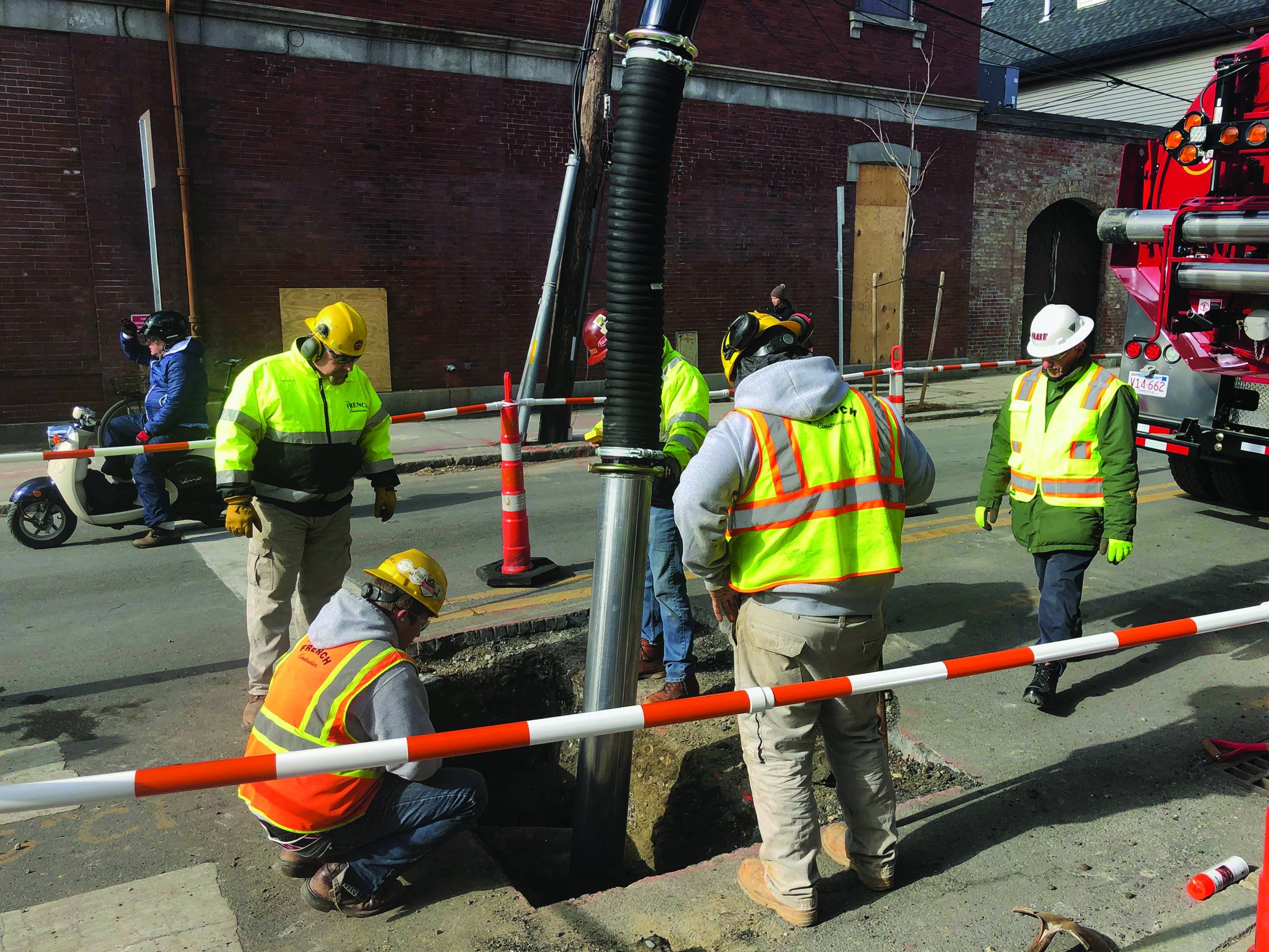Ensure safe and efficient digging with our comprehensive pre-excavation checklist. Covering everything from office planning to jobsite inspections, this guide helps you avoid costly mistakes and hazards before starting any excavation project.
Standard Procedures Checklist Before EVERY Excavation
IN THE OFFICE
- Consult maps or field sketches of location.
- Review all drawings, plans & engineering blueprints for existing buried facilities.
- Call 811 at least 2-3 business days before excavation (check state One Call laws).
- Schedule onsite meeting with critical facility operators (gas/oil pipelines, high-voltage cables, fiber optics, etc.).
JOBSITE VISUAL INSPECTION
- Complete pre-excavation walkthrough of the entire jobsite and adjacent areas.
- Identify & confirm all:
- Pavement markers (stamped nails, pavement decals, A-tags)
- Surface markers
- Surface signage
- Locate marks
- Identify all services to buildings including:
- Gas meters
- Farm taps
- Pipeline valves
- Cable pedestals
- Electric cables
- Water valves
- Telephone enclosures
- Look for cleared pipeline right of ways.
- Look for evidence of trenching from previous excavations.
- Talk with property owner or general contractor to identify potential unmarked private facilities:
- Lighting
- Out-buildings
- Pools/Spas
- Irrigation lines
- Sewer laterals
- Propane tanks
- Communications lines
- Mark proposed excavation areas in white paint and/or with flags.
JOBSITE DOCUMENTATION
- Post the One Call Ticket number at the job site.
- Compare actual job site observations to One Call Ticket:
- Proper scope of work
- Valid "Work to Begin" date
- Response from all utilities
- Facility marks within excavation area
- Photograph at the jobsite:
- All marks and flags from 360°, at varying distances for perspective.
- Permanent signage and location relative to the dig area.
- Overhead lines with notation of location, height, and operator.
- All required safety signage.
- Produce sketches and/or additional video where pertinent.
BEFORE YOU DIG
- Review safety issues and information with all jobsite personnel.
- Confirm excavation schedule with owner of pipelines impacted.
- Note all locations for hand digging within the tolerance zones.
- Be sure representatives for all critical facilities are present.
- Have emergency equipment on-hand whenever hazardous atmospheres are potentially present.
- List all emergency contact numbers for assets in and adjacent to the dig zone.
- Ensure the location and route to the nearest hospital is known by jobsite supervisor.

To learn more about the use of compressed air-powered excavation for utility/construction work, see the full Utility Technical Applications Bulletin.
